
21.10.2022
Curator Violeta Horcasitas delves into the work of artist Cristina Ochoa, Simbiótica psicotropical, where she explores the medicinal, ritual and psychotropic qualities of plants and flowers in collaboration with local artists, scholars and spiritual guides.
To visit the Mexican Caribbean is to enter a world where nature shapes daily life. Predominantly jungle, the state of Quintana Roo has several ecosystems such as marine, mangroves, forests, wetlands and petenes.
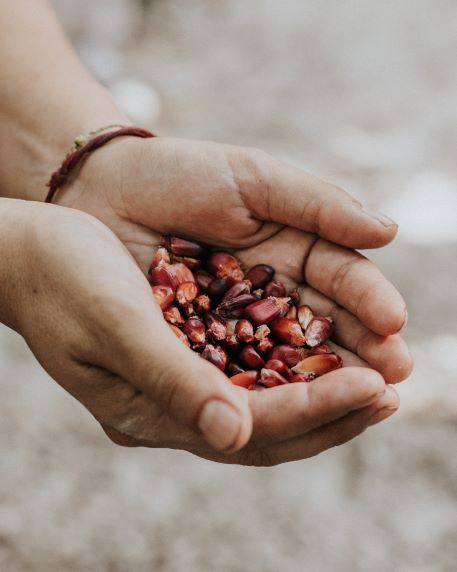
One of its contrasts—at least in historical terms—is that Quintana Roo is one of the youngest states in Mexico, since it was not established as a federative entity until 1974. However, its historical heritage is ancestral, as it has been registered since the Mayan culture settled in the area.
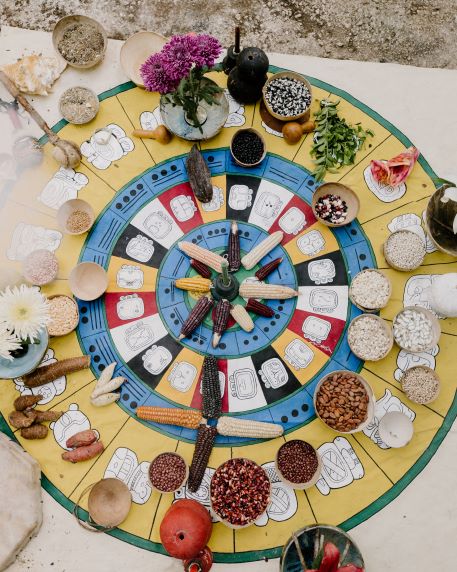
On the other hand, the beauty of its landscapes and the diversity of its flora and fauna have made the Riviera Maya the main destination for European tourism and a banner of Mexico’s natural wealth. Unfortunately, despite this tourism boom and despite being one of the three states with the highest financial growth, a large part of its indigenous population lives in poverty.
In the midst of this context, the hotel industry offers novel and exclusive first-class hospitality concepts. Even so, there are few who have decided to go beyond the spectacular, the burningman aesthetic or thoughtless wellness, and have built significant projects not only for their clients, but also for the local community that has been displaced and takes charge of the social responsibility that is so lacking on the part of businessmen in the state.
Sfer Ik Museion opens its doors in 2018 and after its forced closure due to the pandemic resumes activities in March 2022. Since then, the space has been directed by Brazilian curator, Marcello Dantas, who has taken an interesting turn by inviting artists such as Azuma Makoto and Marlene Huissoud (both intrigued by the natural elements and their processes), and has included multidisciplinary and collaborative projects and research that privilege experiences over contemplation. Its programming reinforces this desire to intersect ancestry, nature and art.
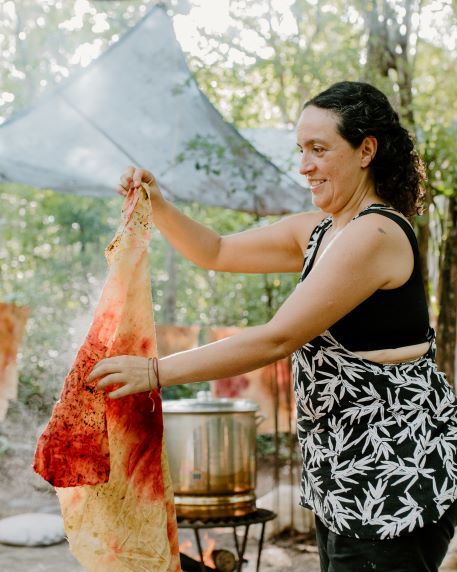
In this sense, the presentation of Pharmakon, by Cristina Ochoa, is another success. Pharmakon is a research project that the artist has been developing for several years, where she explores the medicinal, ritual and psychotropic qualities of plants and flowers. In this chapter of Ochoa’s work, titled Simbiótica psicotropical, the artist works not only with flora, but opens her project and collaborates with local artists, scholars and spiritual guides to nourish herself symbiotically and expand the limits of her work.
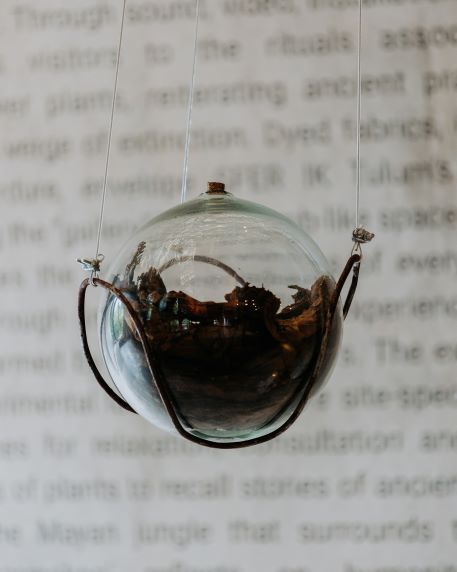
Ochoa returns to the ancestral narratives of the Popol Vuh and the Chilam Balam. The former is a sacred book that, based on mythological narratives, gives structure to the Maya cosmogony. The latter, books created between the XVIII and XIX centuries collectively and modified through time by each generation, where myths, remedies, astronomical observations, calendars and European sanctuaries are discussed. Nine volumes that record the historical period of the colony and show how the Maya assimilated Spanish and European culture.
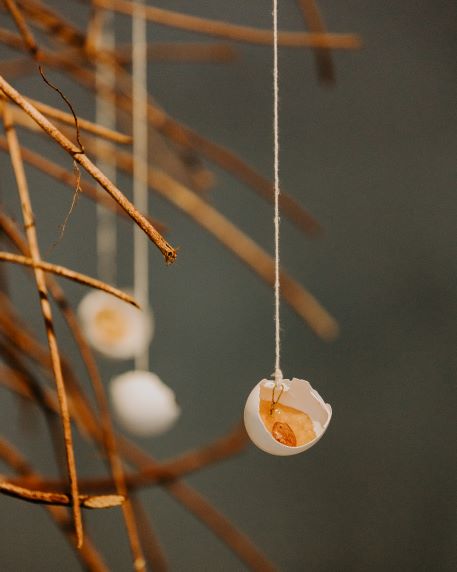
The Chilam Balam are extremely relevant because they show us, from a Maya perspective, the effects of pre-Hispanic cultural hybridization, they present a collage of information that specialists have defined, due to their complexity and multiple layers of reading, as a literary genre.
These books anticipate the conclusion that modern culture refuses to accept: nature is of vital importance to reach evolution. In the Popol Vuh, the kapok is fundamental to creation, a tree that explains the structure of the cosmos; it is also there that the birth of man is narrated thanks to corn, the element that finally gives him a heart and a soul, after the gods have tried unsuccessfully to create him with other elements.
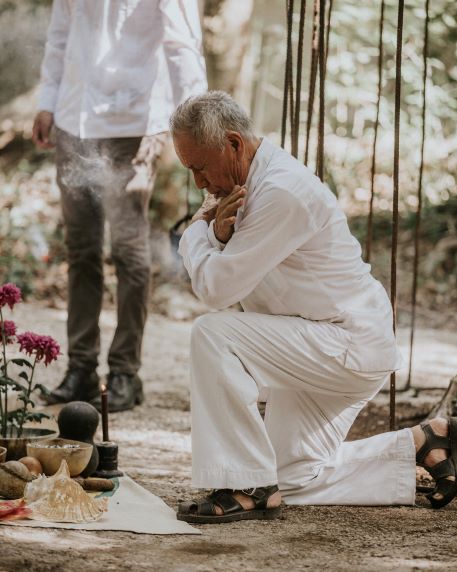
Another story that Simbiótica psicotropical embraces is that of the jícara, a natural element with medicinal properties that alleviates respiratory illnesses. This fruit currently maintains an important practical use in traditional Mexican cuisine as it is used as a container and receptacle. In the Maya-Quiché cosmogony it is called luch and represents the sky because of its spherical shape, the great shell that covers the world. It is said that Chac, the god of Heaven, holds a celestial jícara that he pours over the earth when it’s thirsty.
In the research Las plantas de los libros sagrados mayas Popol Vuh (Pol Wuj) [The plants of the sacred Maya books Popol Vuh] and Chilam Balam, eight main elements that are constantly used in the Maya culture are distinguished: jícara, amate, rubber, kapok, cacao, beans, gourd, and copal. Their uses vary but range from ceremonial and ritual to food, utilitarian and medicinal. In Pharmakon, the artist also tells us about them.
For Ochoa, these books are important not only as a bibliographic reference, but also as a museographic and working metaphor. Entering the exhibition suggests a sculptural and conceptual translation of the Chilam Balam, as it is a narrative laboratory where the thematic multiplicity is present and created collectively. Collage is also present in the diversity of formats, as it includes audio, video, installation, actions, readings and guided ceremonies.
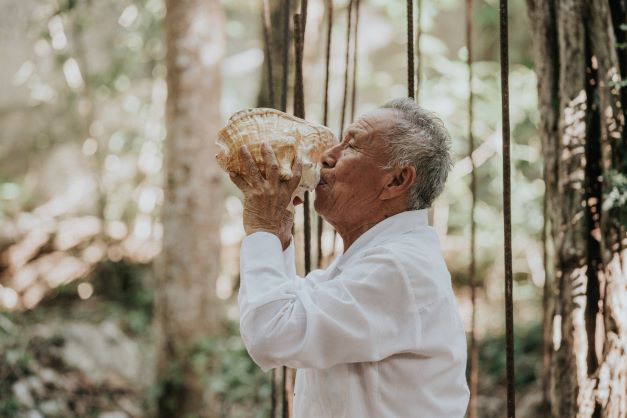
Pharmakon: Simbiotica psicotropical presents a necessary respite before the cacophony that reigns in Tulum, a space at the service of visualities and narratives, to learn what was understood as wisdom in pre-Hispanic times, what resonates today from those times, what are the tips and guides offered by nature, to see how to reconnect with the world and begin to heal while we recognize ourselves as part of a whole.
25.07.2024
Reports 60ª Bienal de Venecia Italy, Latinoamérica
Polina Strogonova
18.07.2024
Reviews Eva Posas, Haiti, Tessa Mars Haiti
Jumko Ogata Aguilar
11.07.2024
Opinion Cartografía sentimental de la brutalización en curso Palestina
re/presentare
Comments
There are no coments available.